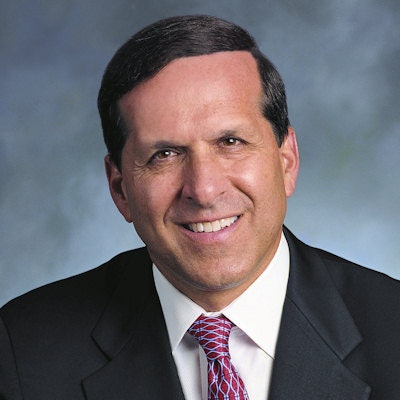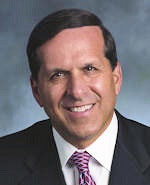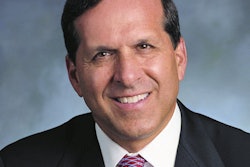
Dr. Roger P. Levin brings you the most thought-provoking topics from the Dental Business Study Clubs, an organization focused on the business of successful dentistry. Each month, Dr. Levin will explore an aspect of the business of dentistry in detail.
 Roger P. Levin, DDS, is the executive founder of the Dental Business Study Clubs.
Roger P. Levin, DDS, is the executive founder of the Dental Business Study Clubs.Customer service is a popular topic in the business world. In fact, for all successful companies and companies that want to be successful, having five-star customer service is a constant goal.
Every day these companies find themselves considering questions such as the following: Are our customers happy? What can we do to impress our customers? Do we provide quality service?
For dental practices to reach maximum success, they must consider these questions as well. Unfortunately, most practices don't think in this direction. Why? Because they don't think of their patients as their customers.
Dentists get to know their patients, often in very intimate ways, over long periods of time. This causes most practice leaders to view their patients as dear friends who would never leave them. However, the hard truth is that with every appointment you may only be one mistake away from losing a patient, and this mistake is most often directly related to your level of customer service.
3 ways
You work very hard to provide excellent care, but most patients have absolutely no understanding of the clinical quality they receive. They do, however, remember if they had to wait for their appointment or if no one said "Hello" to them when they walked in the door.
To keep them coming back through that door, customer service has to be at the highest level for every patient, every day. The good news is that providing five-star service isn't a complex system with endless steps that need to be implemented. It's actually really easy. Follow these three simple strategies for great customer service.
1. Greet every patient enthusiastically
“Most patients have absolutely no understanding of the clinical quality they receive.”
You've heard the saying "You never get a second chance to make a first impression." Well, customer service research backs that up. All of the data show that people pay tremendous attention both consciously and subconsciously to their very first impression.
The initial greeting is powerful, and you only have the first 10 seconds to begin to make an impression. When a new patient calls the practice, the greeting and conversation should be enthusiastic and communicate how delighted the front desk person is that the patient called the practice.
Likewise, when an active patient enters the office, they should be greeted by a front desk person who literally stands up, shakes hands, smiles and makes eye contact, and wants to know what's new in the life of that patient.
2. Provide problem-free appointments
Patients want a "no defects" experience. This means that the patient is taken back for treatment promptly, kept informed of everything that is happening, routinely asked if they're comfortable, given superior treatment, and educated about what to expect after the appointment.
Scheduling a patient at the wrong time, not being helpful or understanding their dental insurance, or being busy at the front desk with other things while the patient is waiting are all defects that can lose patients.
3. Be nice
Going out of your way to greet every patient, asking them if they would like a blanket or pillow, keeping them informed when the practice is running late, and treating them as if they're family all go directly to the heart of providing five-star customer service.
Keep them coming back
Patients are your customers, and the singular objective of customer service is to keep customers coming back. These practical steps are three things every customer wants from every business or dental practice. Practices that excel in these areas every day will keep their patients/customers coming back for years to come.
Roger P. Levin, DDS, is the executive founder of the Dental Business Study Clubs.
The comments and observations expressed herein do not necessarily reflect the opinions of DrBicuspid.com, nor should they be construed as an endorsement or admonishment of any particular idea, vendor, or organization.



















